TSHD - Depth, Altitude, Draft, Pressure, SV Systems
Underwater Sensor Definition
This system type supports the following observation types:
- ROV Depth (which despite the name does not necessarily apply only to an ROV)
- ROV Altitude (which despite the name does not necessarily apply only to an ROV)
- Draft (Draught)
- Pressure
- Sound Velocity
- Revolution
Typically this Underwater System is used to define vessel draft observations as follows:

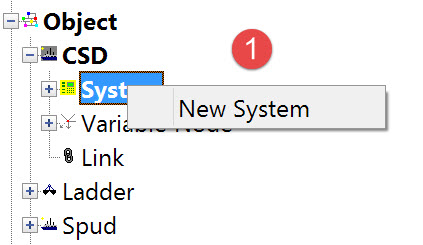
The following dialog opens. It is the first page of a wizard that steps you through the system definition process.
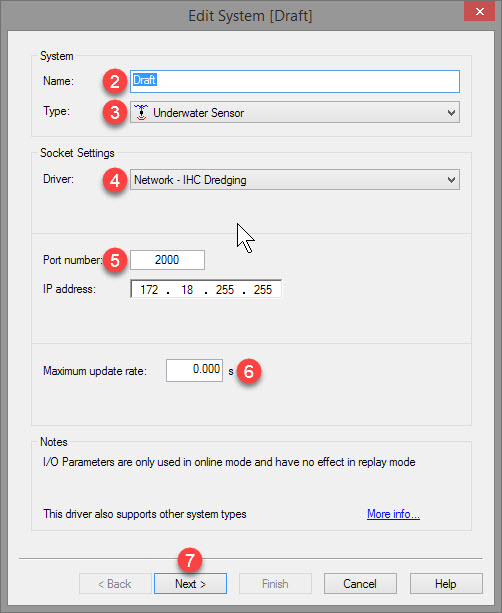


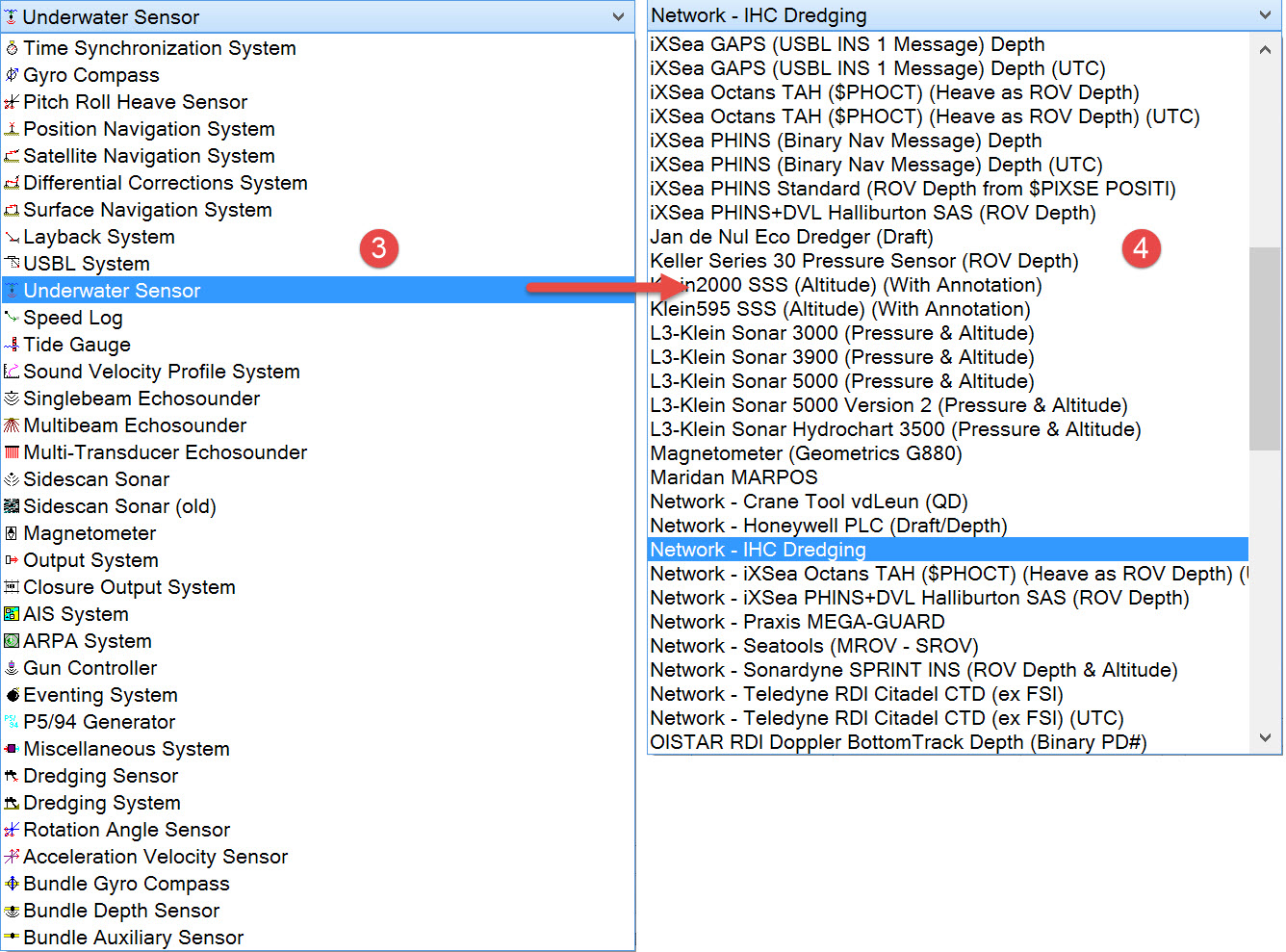

Note that the interfacing can be either serial or network so make sure to select the correct type.

Please refer to A Note on Interfacing Parameters.

| Updates | |
|---|---|
| Maximum update rate | Enter a value to determine how often data will be decoded by the interface driver. Some equipment is capable of outputting data at high output rates, but it may not be necessary to use each update. A sensor system may for example output values hundreds of times per second, where five times per second is sufficient. In this case, enter a value of 0.20s. Any data not decoded by the driver is lost and cannot be recovered later. |
| Latency | Latency is the time between the actual measurement made in the sensor system and the time the data message arrives at the port. The time in QINSy will thus be the arrival time corrected with the latency. Modern sensor systems will exhibit no latency, or will have compensated for the latency in the time tag of each data message. |

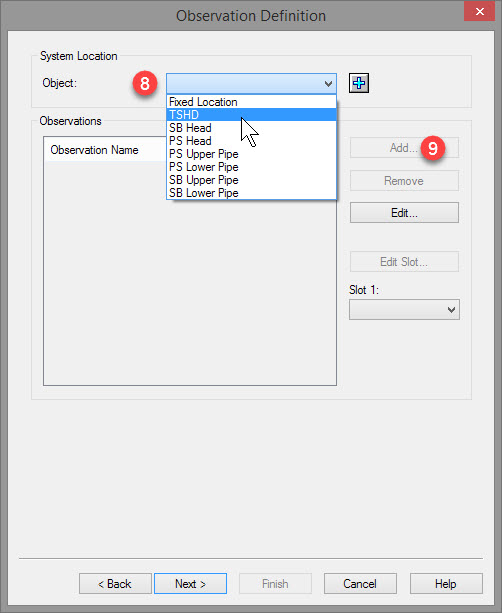


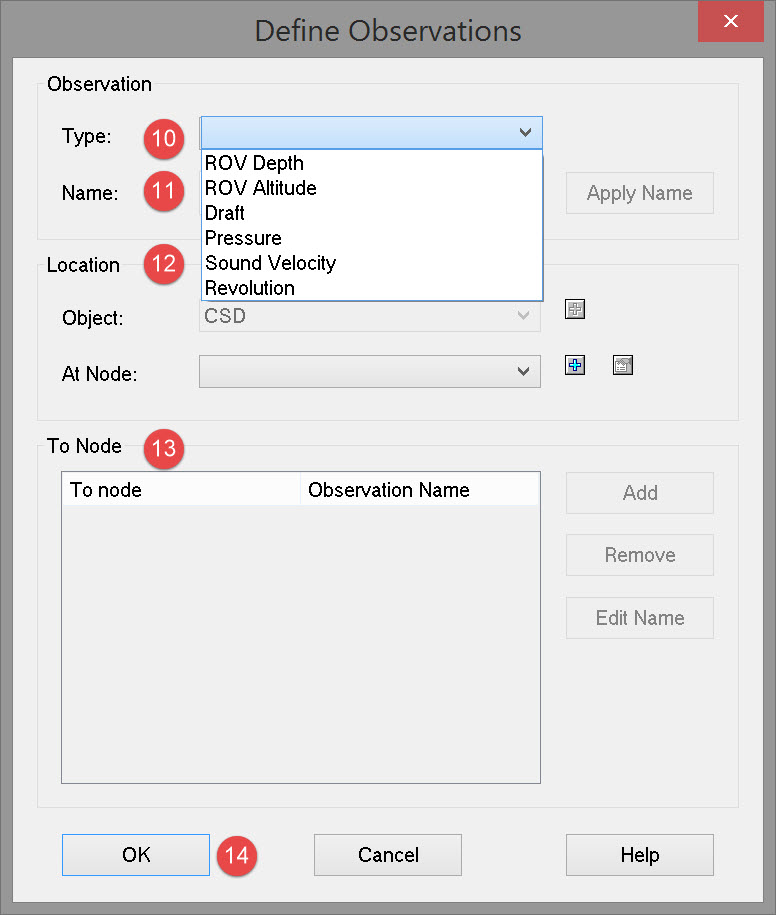







Slot identifiers may or may not be needed depending on the format of the data string from which these draft observation values are decoded. Refer to the Drivers & Interfacing Manual.



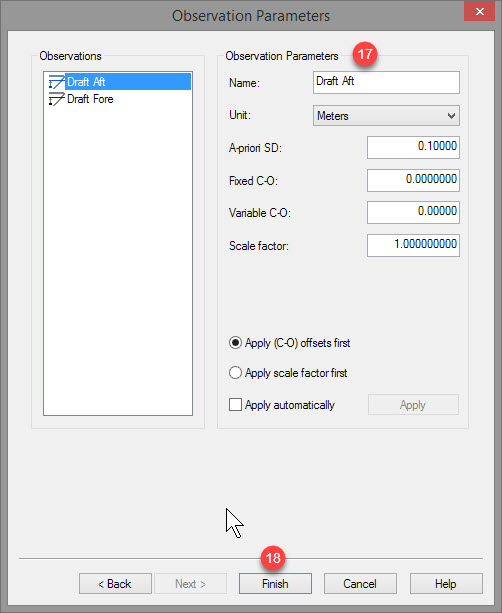

Return to top of page.
Return to: Trailing Suction Hopper Dredger (TSHD) - System Definitions
